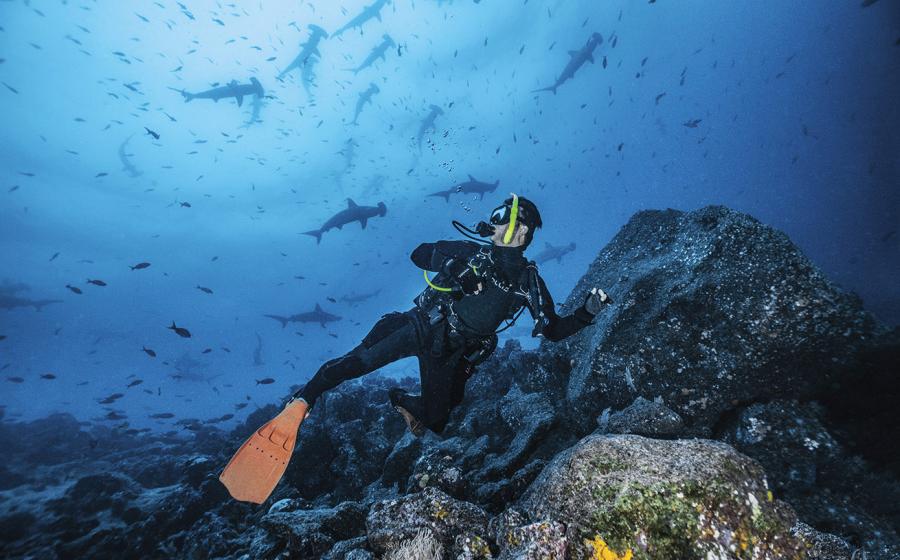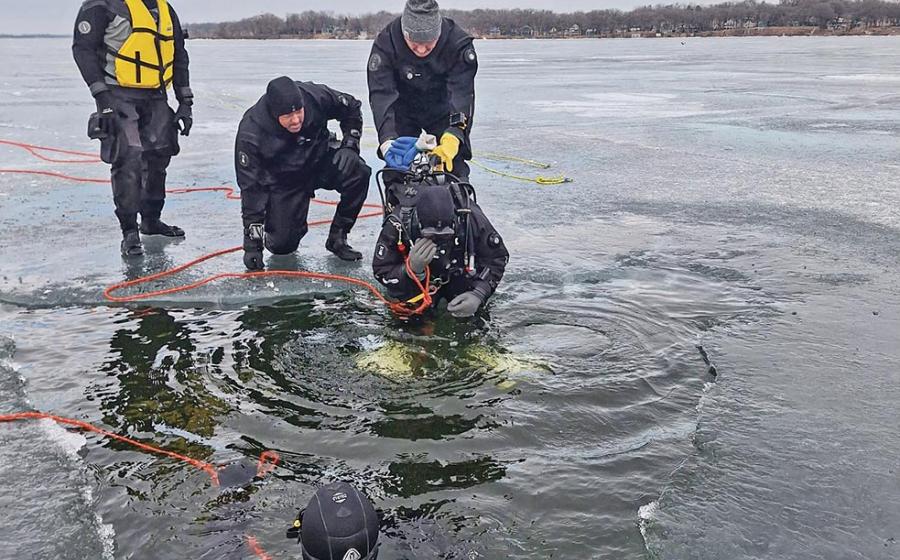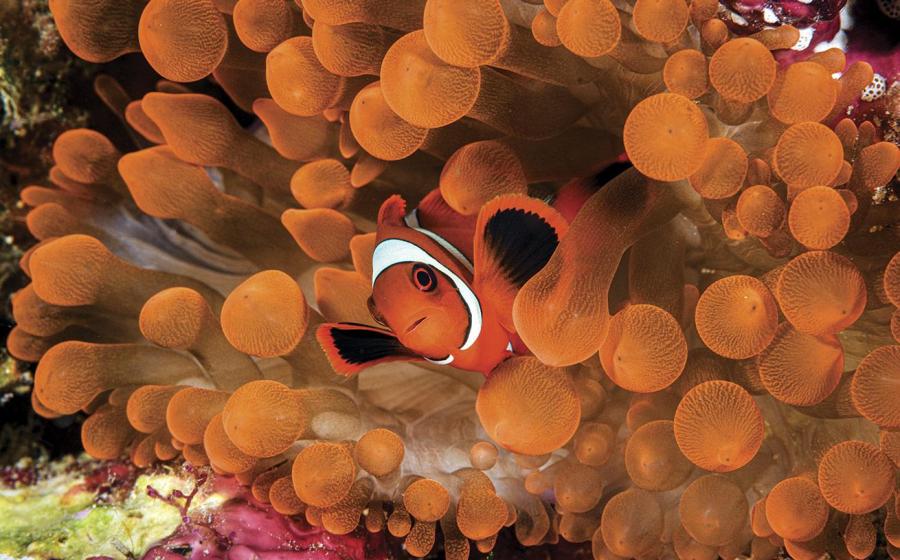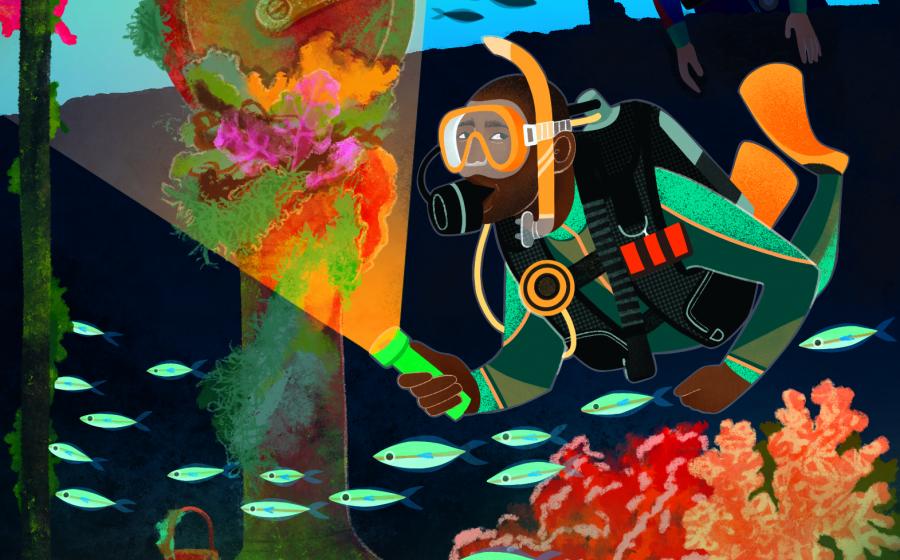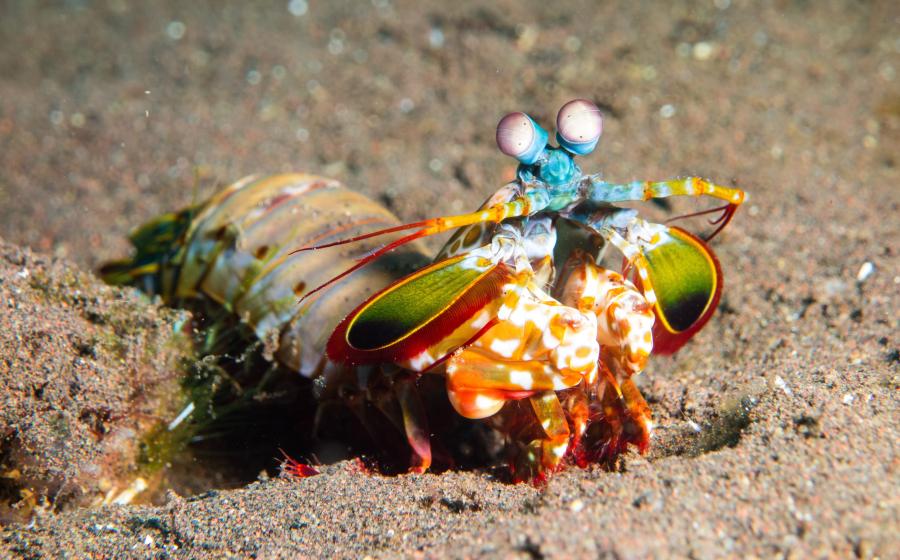The Realities of Rebreathing
So, you've been thinking about trying a rebreather, but don't know what to expect? To help you get a handle on the realities of rebreather diving, we asked the team at Drager to answer some of the most frequently asked questions concerning their Dolphin rebreather. Q: How long will it take to get certified to dive a Drager Dolphin, and what's involved? A: Most classes run about 6 hours of classroom and lecture, plus a minimum of 4 dives. The classroom portion goes faster if takes if students read some of the background material ahead of time, and it really helps to have reviewed the owner's manual, which is a required text for the class. Also Steve Barskey has written an excellent book on rebreathers.To date, TDI has issued the greatest number of Dolphin certifications. Their typical program might begin with a classroom session on Thursday or Friday night, another on Saturday, followed by an orientation dive after lunch. Subsequent open water dives could take place on Sunday or on the following weekend. Because the Dolphin delivers an enriched air breathing mix, divers should have nitrox certification, but that can also be done in conjunction with rebreather training. Q: Where can I find a list of training facilities. A: Your local retailer might have an associated instructor who can provide training and rental units for the class. For a complete listing of instructors, try Drager's website (www.draeger.com) or TDI (www.tdisdi.com) Q: does the Dolphin weigh more or less than a standard scuba rig? A; Less Q: how much maintenance does a Doilphin require? A: Yearly overhauls, as do most regulators on the market. Set up and breakdown take a little longer as compared to traditional scuba, but you can get up to three hours of dive time, so you only need to do it once for three hours of bottom time, which can be real advantage on dedicated dive trips. Thorough cleaning before storage is important. Q: Can I travel with My Dolphin on an airplane? A: Yes. Many users pack it like regular dive luggage. (check with your airline regarding carry on restrictions.) Some airlines may have restrictions on transporting cylinders, but most resort destinations rent tanks and get Nitrox fills. It's easier and lighter to rent the cylinders and buy your absorbent material at the destination. Q: In terms of air consumption, how much more efficient is a Dolphin compared to traditional scuba? A: Much more efficient. You are actually recirculating the breathing gas and replacing only the metabolized oxygen. A 28 cubic foot cylinder of supply gas will typically last more than 2 hours, regardless of depth! Q: Will I need to wear more or less weight when I switch from standard scuba to a Dolphin? A: most divers wear about the same amount on their initial rebreather dives. A few divers find they need wear a little more weight, but its more common to loose a few pounds, especially when the Dolphin is fitted with the standard steel cylinder. In addition, the weights are not kept on a single heavy weight belt, but are distributed over the entire harness, which many divers find more comfortable. Because the Dolphin produces a warmer breathing gas than traditional scuba, some divers find they can wear a lighter wetsuit and remove a few additional pounds of lead. Also, the Dolphin's buoyancy shift during the dive is much smaller than regular scuba tanks. Q: Is the CO2 absorbent used in the Dolphin widely available? A: It is available on most resort destinations, and on iveaboards such as the Aggressor boats. Before traveling, check with the resort or see the training agency's web site. If training is available on the resort, or at a destination, chances are good that consumables such as the divesorb and Nitrox are also available. Q: Will most dive charter boats allow me to dive with a rebreather? A: Many will, but it's a good idea to check first. To avoid conflicts with other divers or the operator, practice good boat etiquette such as departing and returning to the vessel in a timely manner. Q: How many scuba dives should I have before trying a rebreather? A: There have been a number of cases where new divers went straight from open water checkouts to rebreather training on the next dive. It's actually easier to teach a new diver the correct skills and procedures for rebreather diving than it is to teach a very experienced diver to un learn instinctive open water habits.

